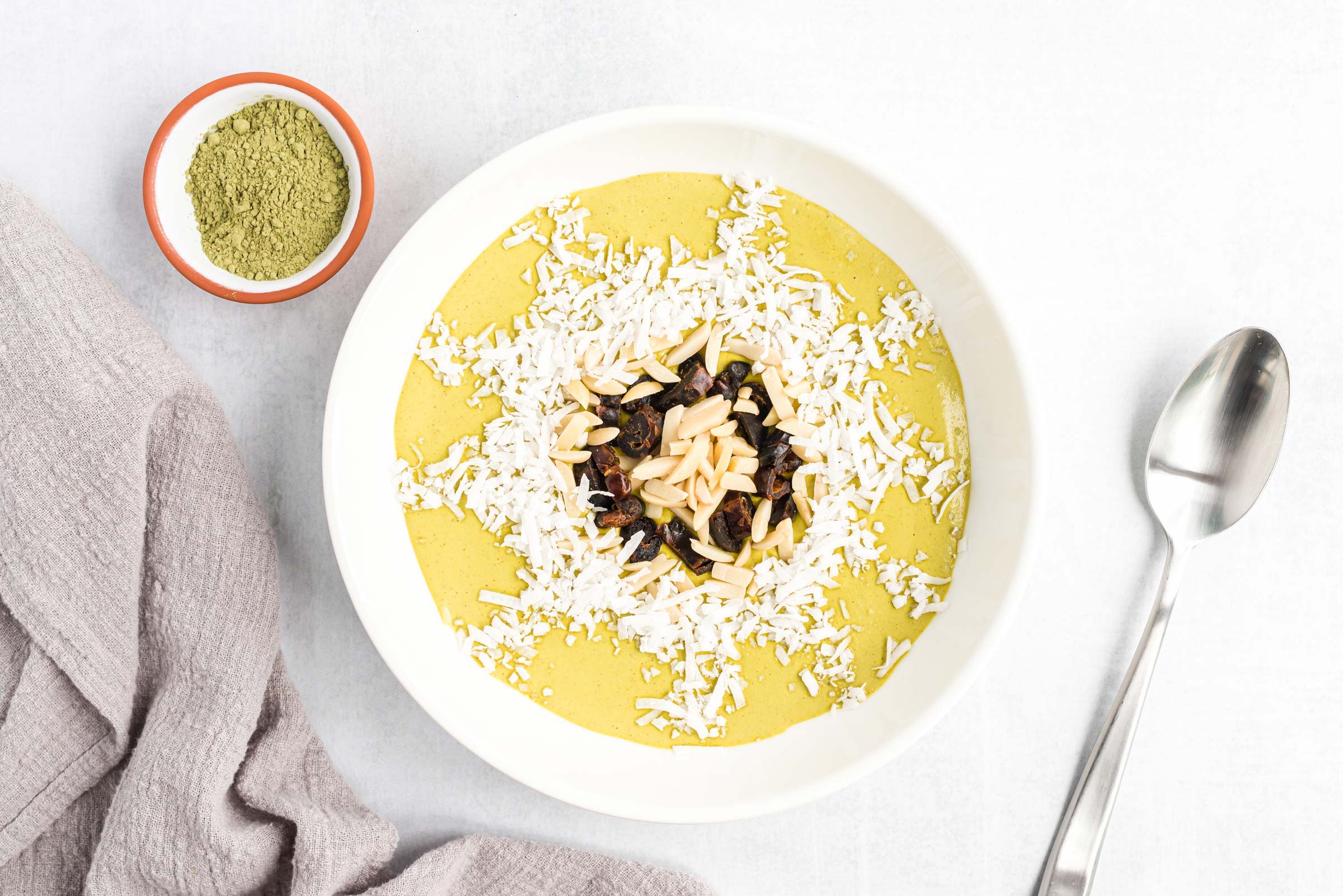Ever wonder where foods get their flavor? Or why some foods taste salty and savory, some sweet, and others bitter or sour? The bitter flavor results from plants producing various compounds to protect themselves from being eaten by herbivores (a pretty cool self-preservation tactic!). Interestingly, our ability to discern bitter tastes evolved to prevent early humans from eating potentially poisonous plants. However, these same bitter compounds can also protect us when consumed, by stimulating our body’s immune system to fend off diseases.
Taste is inextricably connected with our emotions. For example, sweet is often associated with comforting feelings, whereas bitter and sour may be linked to aversive emotions. In addition, savory dishes can evoke pleasant emotions in most people since the flavor is a signal that the food is rich in protein. Savory (or “umami” in Japanese) has been recognized as the fifth basic taste in addition to the four primary flavors — sweet, sour, salty, and bitter. Among these culinary pillars of flavor, bitter foods tend to get a bad rap.
To some, their strong taste may be overpowering. Bitter foods’ robust, unique tastes come from the compound phenylthiocarbamide (PTC). Interestingly, roughly 25% of the population are “super-tasters” who describe PTC as extremely bitter. Another 50% are moderate-tasters, while the remaining 25% cannot taste PTC. This is because we have roughly 30 genes for bitter taste receptors in our DNA. These receptors allow us to experience a wide variety of bitter tastes. And, our taste buds lose their sensitivity as we age, which explains why we tend to dislike bitter foods as children but enjoy them more as adults.
The strong bitter taste comes from compounds called glucosinolates contained within bitter foods. Other compounds, such as polyphenols, flavonoids, catechins, and caffeine also produce bitter flavors. Though strong in flavor, these compounds are responsible for much of the nutritional value and health benefits of bitter foods. And, though “bitter foods” may not sound appealing, you might be surprised to discover how many delicious, healthy foods are considered bitter and may already be part of your diet.
In this article, we’ll discuss how to prepare and cook bitter foods, including tips on balancing the bitter flavor so that even the pickiest of eaters will devour them. You’ll also find seven appetizing and nutritious bitter foods recipes that are flavorful, satiating, and nourishing.
Why Including Bitter Foods Is Good for Your Health

Even if you already eat really well, are you including plenty of bitter foods in your healthy meal plan? Bitter fruits and vegetables (in whole, plant-based form) are highly nutritious. They offer an array of health benefits, such as improved digestion, better nutrient absorption, improved immune function, and reduced sugar cravings. These benefits help regulate your blood sugar and reduce your risk of some of the most common chronic diseases in the US, like obesity, type 2 diabetes, and heart disease.
In addition, many bitter foods boost your health because they abound with antioxidants and other essential nutrients that combat oxidative stress in your body, lowering your risks of chronic disease and death from all causes. Among these are the often-bitter cruciferous veggies, which contain the precursor to the potent antioxidant sulforaphane. If you’d like to take a deeper dive into bitter nutrition, check out our in-depth article, Bitter is Better! Why Bitter Foods Can Be Good for Your Health.
Which Foods Are Bitter?

As mentioned above, you might be surprised to learn that some (or lots!) of the abundant highly nutritious and delicious bitter foods and beverages out there might already be staples in your diet. And others offer you new adventures in food. Because there are so many options from which to choose, you (and the picky eaters in your life) are bound to find at least one, two, or several bitter foods you love.
Each of the following bitter foods offers its own unique health benefits and can be incorporated into many plant-based recipes to up the nutrition and the flavor.
Foods that are bitter include:
- Artichokes
- Arugula
- Bitter melon
- Bok choy
- Broccoli
- Brussels sprouts
- Cabbage
- Cacao & Chocolate
- Cauliflower
- Chicory
- Collards
- Coffee
- Cranberries
- Dandelion greens
- Eggplant
- Ginger
- Grapefruit
- Green tea
- Kale
- Radishes
- Swiss chard
- Turnips
- Walnuts
- Watercress
See any that you already know and love?
How to Balance Out Bitter Foods in Recipes

Some people naturally love the flavor of bitter foods, while others find them tough to swallow. Fortunately, there are some tips and tricks you can implement if you’re in the latter group. The key is balancing bitter flavors with the other flavors by adding salty, sweet, sour, and umami flavors to your recipes. For example, you can neutralize the bitterness of foods like kale by massaging the kale with lemon juice or tossing the leaves in a good quality and small amount of olive oil and salt.
Another helpful tip is to use spices, herbs, and condiments to mask or neutralize the bitter flavors of these nutritious fruits and vegetables. Here are some examples to help get you started:
- Add black pepper to your recipes. Black pepper contains piperine, a compound that neutralizes bitter tastes by stimulating the perception of heat in your mouth. (Note: A similar effect can be achieved with chili powder and other hot spices.)
- Don’t shy away from herbs. Basil, coriander, garlic, ginger, and lemon juice help make bitter foods more palatable by stimulating other taste receptors, such as savory, salty, and sour.
- Add a touch of sweetness to bitter dishes. For example, try including a teaspoon of date paste or maple syrup in dressings or blend whole pitted dates into sauces to mask any bitterness.
Healthy Plant-Based Bitter Foods Recipes
These vibrant, nourishing, and tasty recipes make it easy to embrace the world of bitter foods. No matter the meal — breakfast, lunch, or dinner — we have something for you and your taste buds to explore. You might even find yourself craving them more often after trying them in a variety of ways!
1. Morning Matcha Wake-Up Smoothie Bowl

If the thought of consuming bitter foods is off-putting (maybe you’re a supertaster?), try this Morning Matcha Wake-Up Smoothie Bowl as a gentle way to ease into the world of bitter tastes. Mildly bitter matcha is balanced with subtly sweet maca, cinnamon, nutmeg, and vanilla without added sugar. But if you prefer just a touch more sweetness add a bit of coconut or dried fruit as a garnish on top!
2. Collard Walnut Pesto

Collards might just be your new favorite leafy green once you try them in this slightly bitter and mildly earthy Collard Walnut Pesto. They add the perfect bite to this creamy, herby, and oh-so-nutritious spread. When combined with healthy fats, as well as sour, umami, and savory notes, the bitterness of collards becomes delightfully pleasant. You might just find yourself spreading this on everything!
3. Teriyaki Cauliflower Bites

You might not have expected to see cauliflower on this list, but it does have slightly bitter notes. The good news is its bitterness isn’t unpleasant or overpowering, which makes it generally palatable for most people. If you’re among those who can detect the bitter flavor, then Teriyaki Cauliflower Bites are sure to get you coming back for more! Slightly tangy and a little spicy, these crispy bites have just the right touch of sweetness. Coupled with minimal bitterness, it makes for a flavor combination to dazzle your taste buds!
4. 12-Ingredient Superfood Salad Bowl

This big bowl of nutritious deliciousness has not one — but four — bitter plant ingredients that complement each other mighty tastily. Kale, radishes, walnuts, and cranberries fall on a spectrum of bitter notes, some stronger than others. When you mix these bitter plants with the other eight creamy, crunchy, naturally sweet, and earthy superfood ingredients and then top it all with our Creamy Citrus Dressing (also linked from the recipe), you’ll fall in love with bitter foods in no time!
5. Sticky Tofu with Bok Choy and Red Pepper

As with most dark leafy greens, the green part of bok choy has a slightly bitter and mineral flavor that can be prominent when consumed on its own. Sticky Tofu with Bok Choy and Red Pepper has plenty of flavorful herbs like garlic and ginger to tone down the bitterness and turn up the deliciousness of this yummy, calcium-rich cruciferous veggie!
6. Cherry Chia Cacao Pudding Parfait

Fun to make and super pretty when served, these parfaits will entice and delight. They’re power-packed with plant-based ingredients. And they make bitter foods exciting to eat. Chocolate and cherries both have bitter and tart notes, and this recipe proves that bitter foods can have a decadent side, too!
7. Minty Grapefruit Tea

This might be our most creative bitter food recipe yet! Grapefruit zest adds a bright and zingy flavor to this lively tea. Steeping grapefruit zest imparts an uplifting citrus essence by extracting the oils of the fruit into the tea, making it less bitter compared to enjoying the flesh of the fruit. Then, mint added to the mix creates a unique tart and sweet flavor sensation we find simply magnificent — and hope you will, too!
Bite Into Bitter
Bitter fruits, vegetables, and other plant-based foods offer many health benefits, including improved digestion, nutrient absorption, and blood sugar control. In these ways, they help to lower the risk of chronic diseases, including heart disease, cancer, obesity, diabetes, and dementia. While bitter foods aren’t always a crowd favorite, they can be tastefully included in a variety of plant-based recipes by balancing or neutralizing their intense flavors with sweet, salty, savory, or sour foods, herbs, spices, and condiments. Try these healthy plant-based bitter food recipes that even the pickiest of eaters can love.
Tell us in the comments:
- Which bitter foods do you enjoy most?
- Do you have other cooking tips for balancing out bitter flavors?
- Which bitter foods recipe will you try first?
Featured Image: iStock.com/JulPo




